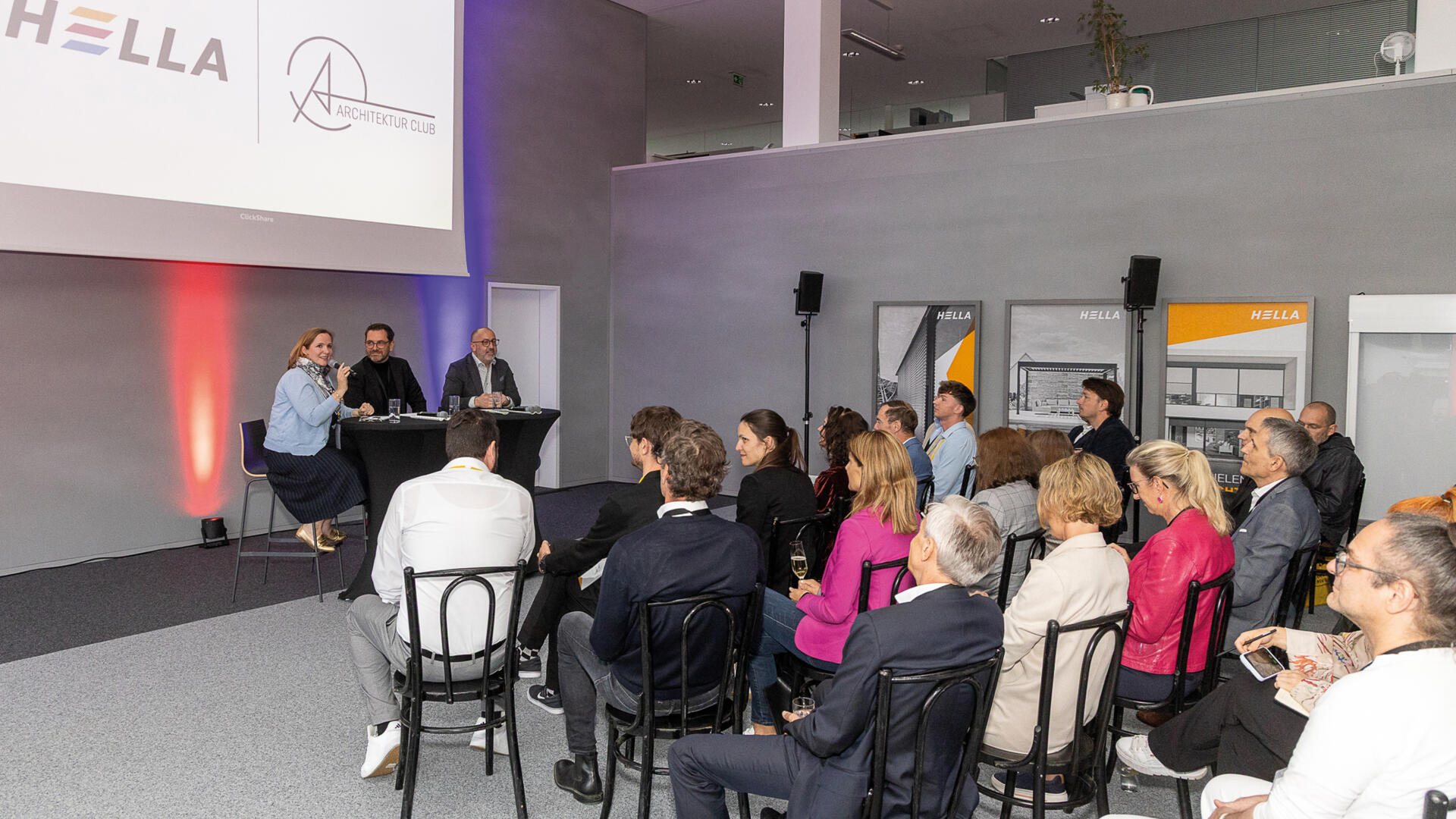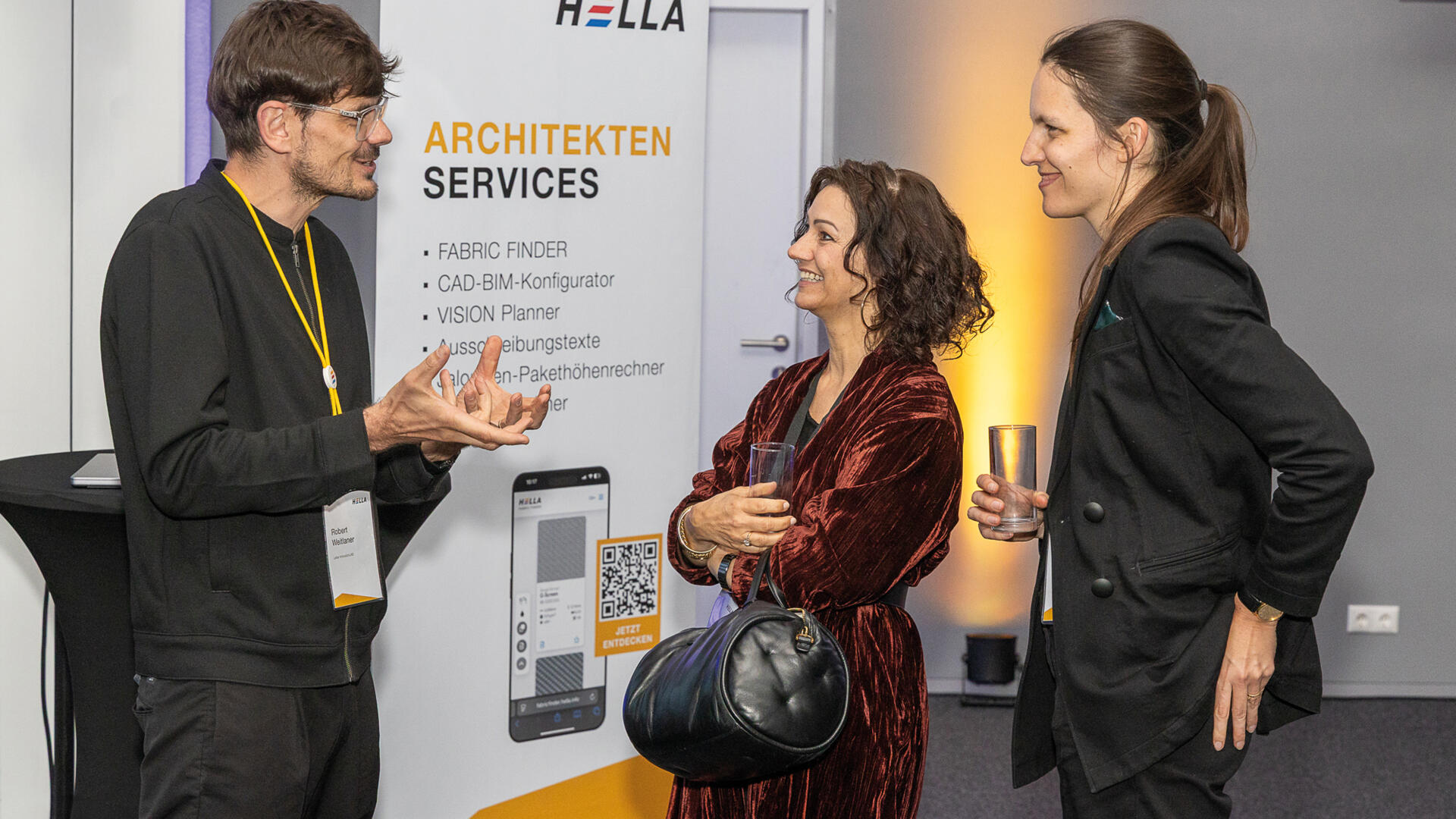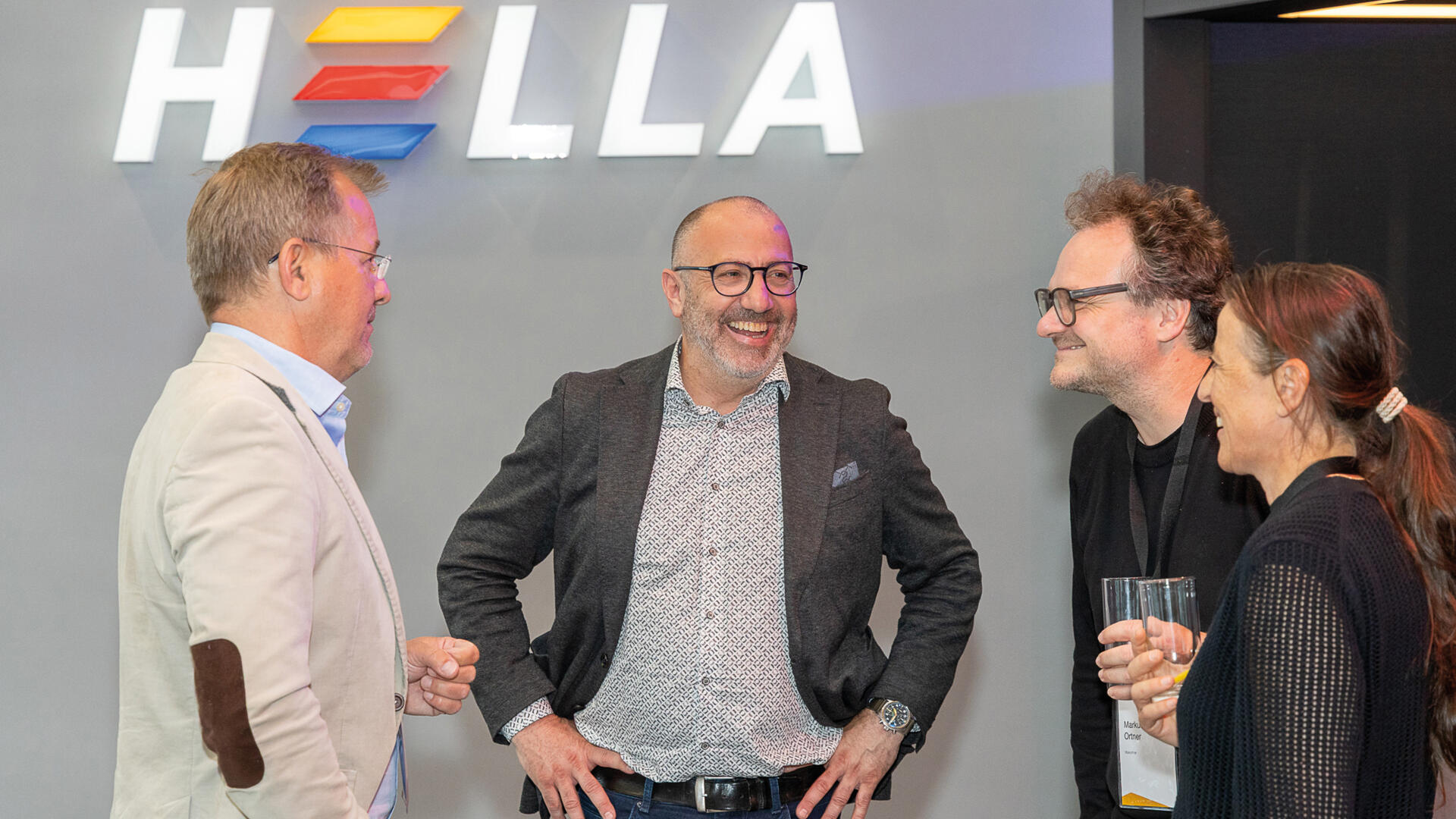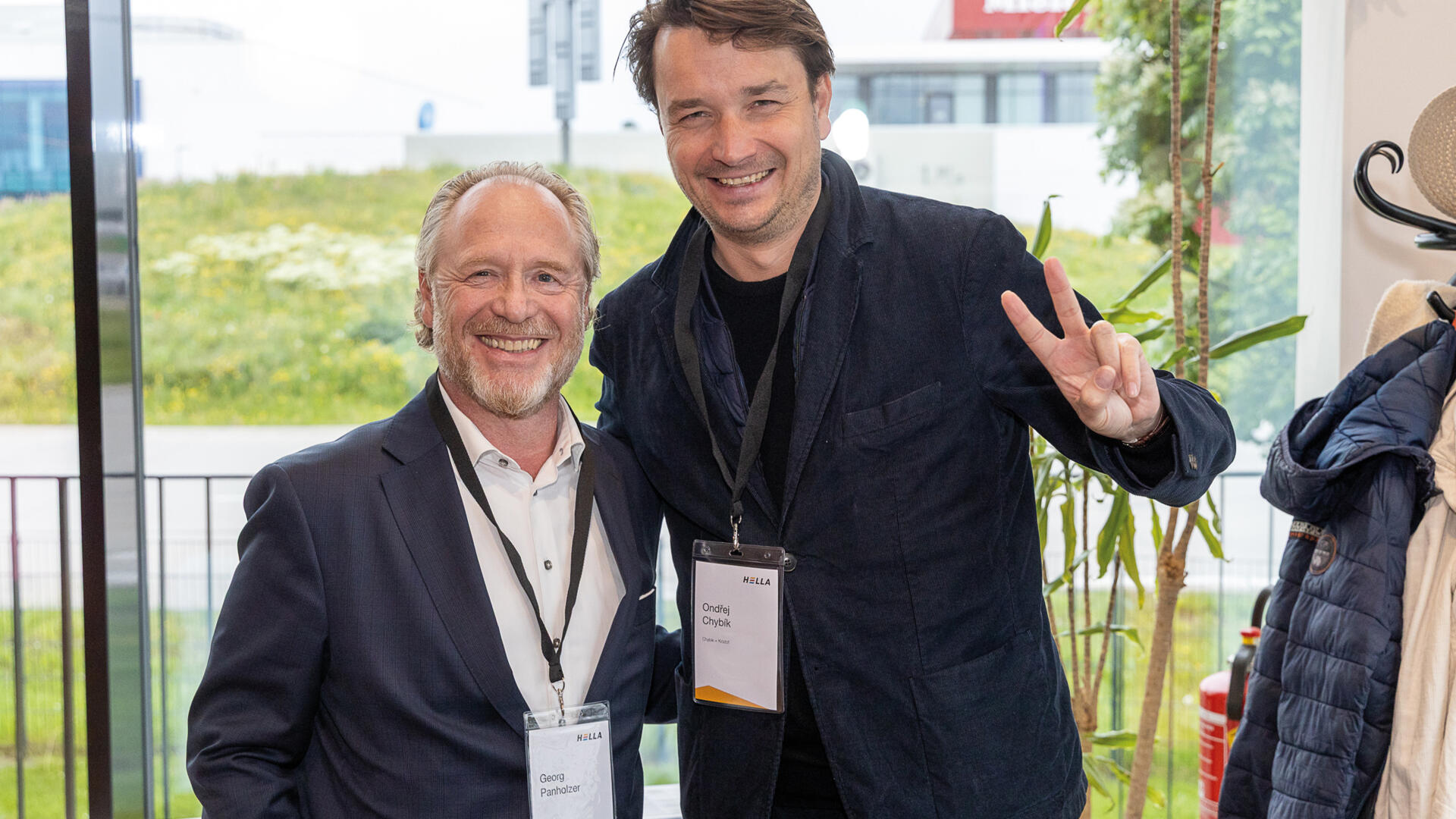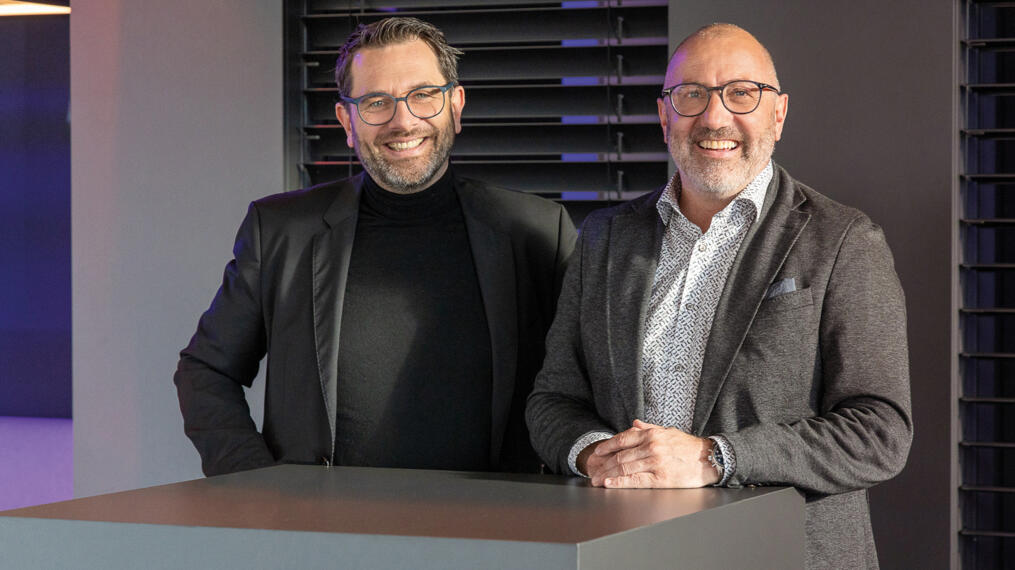Robert Roithmayr, Architect and Managing Director of Formfinder, and Andreas Kraler, Managing Partner of HELLA, revealed which behavioural-psychological phenomena significantly influence the purchasing decisions of architects and builders, and why it is so important to strengthen the imaginative powers of customers at the point of sale, especially for capital goods such as sun, light and weather protection systems. “A lot of things can be displayed digitally these days,” says Andreas Kraler. “The experience, the feel and the vision of how daylight works and is controlled – you can't really imagine that online.” Architect Robert Roithmayr sees it the same way: “You don't make a connection if you only see a fabric digitally on a screen. At the moment of realisation, you become part of it, you build a relationship through your senses – you can't convey that online. You have to be able to touch something in order to understand it.”
At first glance, decisions in the construction industry are primarily made rationally. It's about technical aspects, time factors and costs. Aesthetics also play a decisive – and characterising the façade – role in elements such as sun protection, windows and the like. However, apart from hard facts and subjective perceptions, there is a third group of factors that has often been neglected in the construction industry: psychology. According to Nobel Prize winner and economist Daniel Kahnemann, two thought systems come into play in every decision: One decides quickly, intuitively and emotionally, the other slowly, rationally and analytically. Decisions in construction are made on the basis of gut feeling, practical values and aesthetics, much more often than hitherto assumed.
Added to this is the so-called “Optimism bias”, i.e. the assumption that things will work out. Sun protection is often one of the elements that people mistakenly assume can be done without – or that it can simply be retrofitted if necessary. In times of climate change, however, the need for sun protection itself is no longer a question, but simply a given.
Following the expert discussion, the HELLA Architecture Club guests had the opportunity to experience applied sales psychology in practice. The experts were able to present the digital tool FABRIC FINDER to them on site, which makes it much easier to select the right fabric. A special highlight of the evening was the experience of the HELLA CUBE: In the interactive POS solution, which was developed in collaboration with experts from the fields of design and business psychology, digital image worlds based on thousands of visualisation variations are networked with sound and lighting technology and advice on the actual product. The requirements of the customer, i.e. the actual product and customer benefits, are at the centre of this concept.
Only then are the appropriate products discussed and are made visible and tangible in personalised visualisations and by using examples. The technical details are now at the end of the advisory process, which becomes a digital and physical experience for customers, partners and product advisors in the CUBE.
